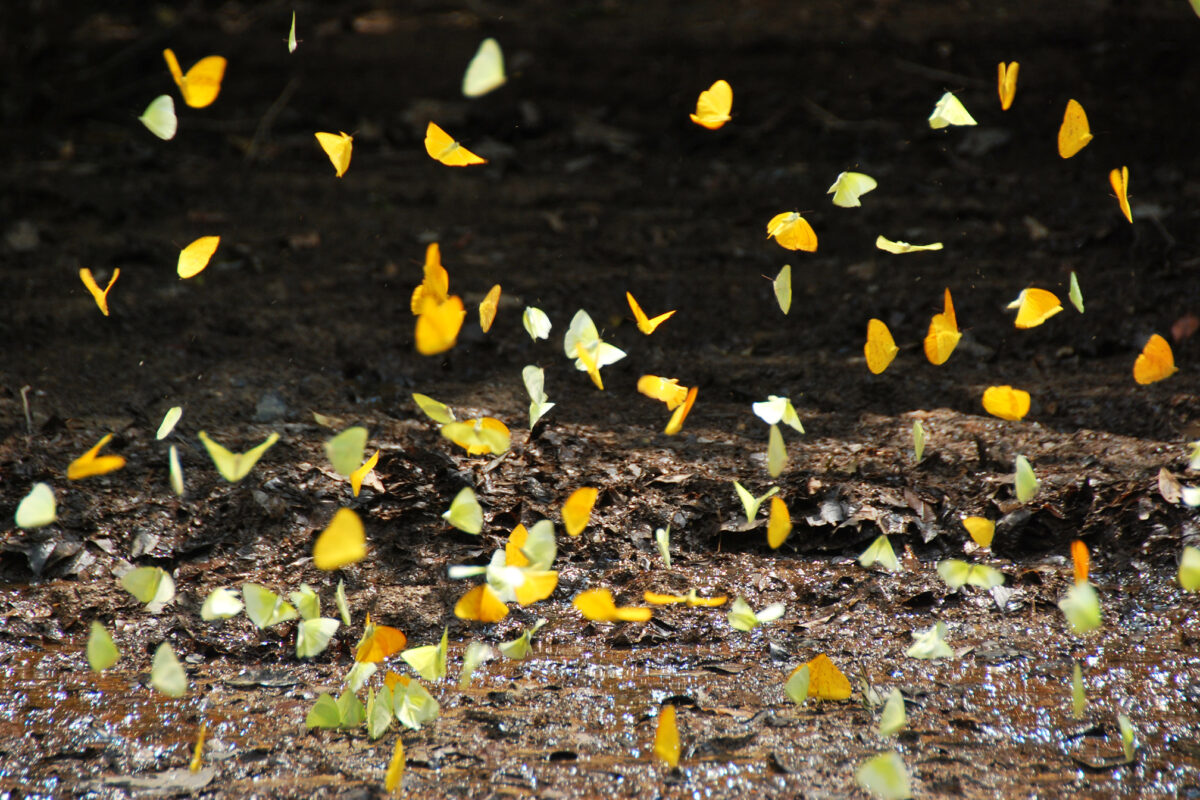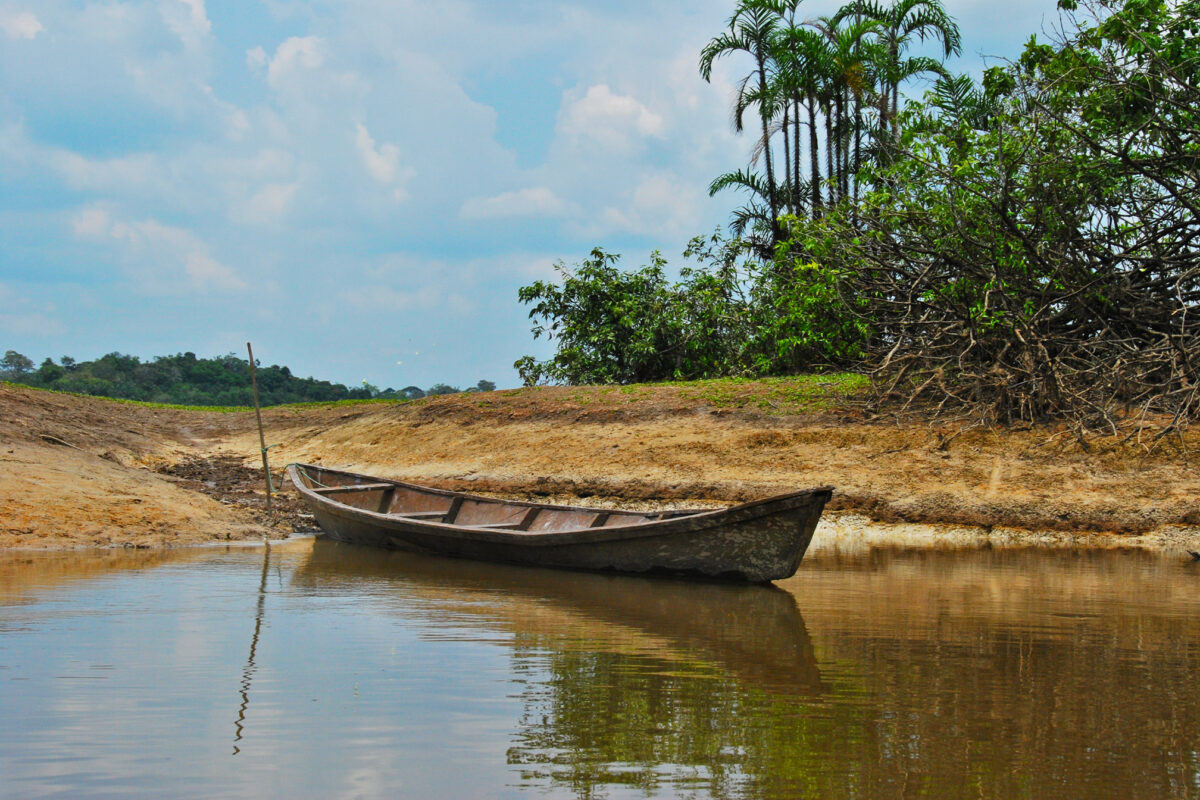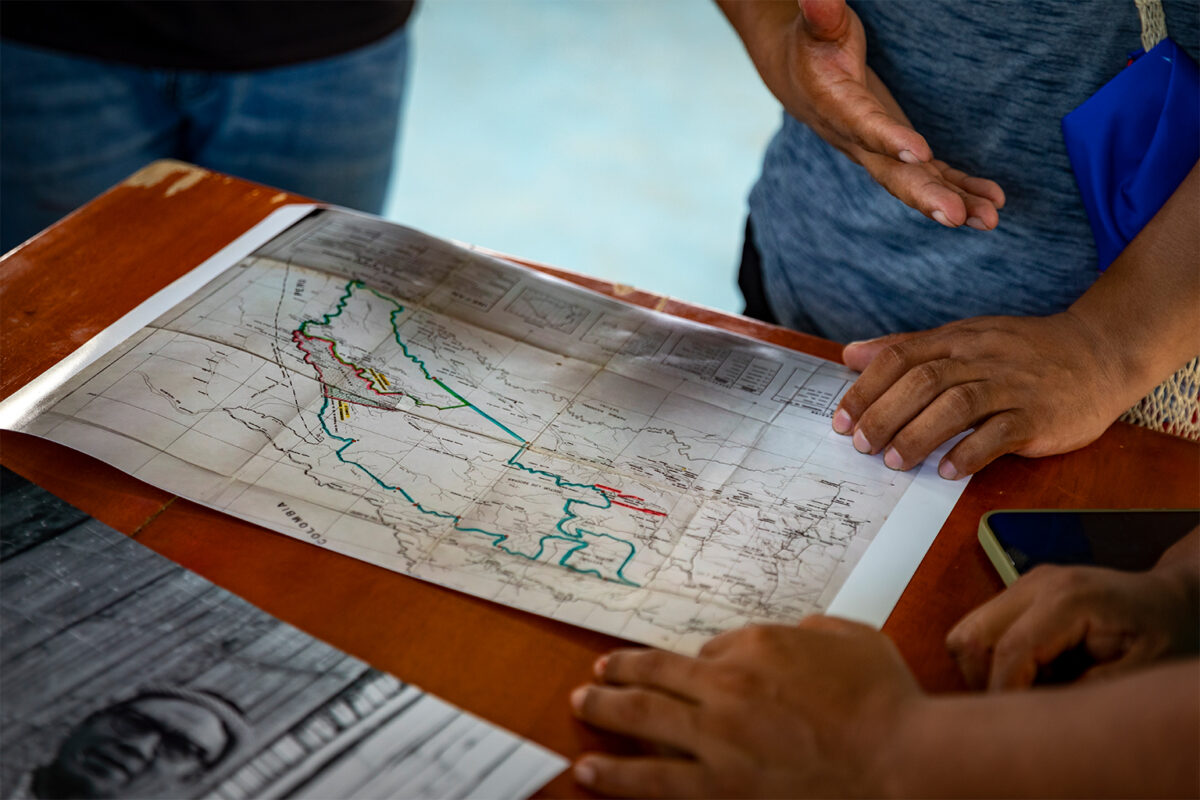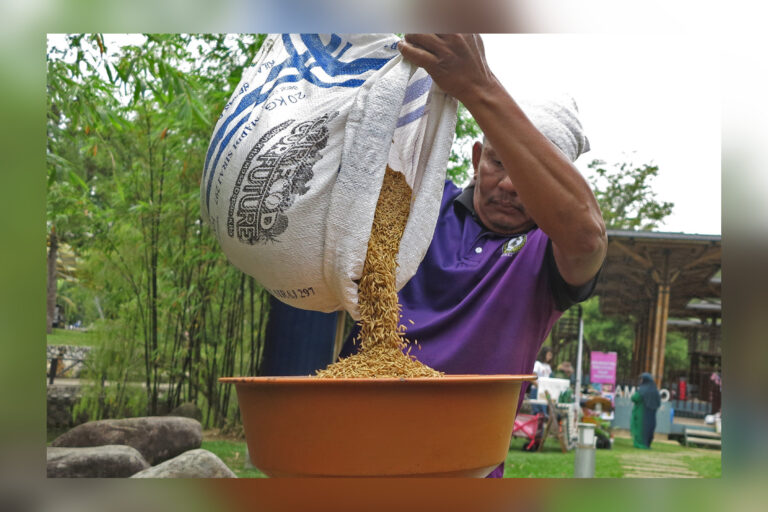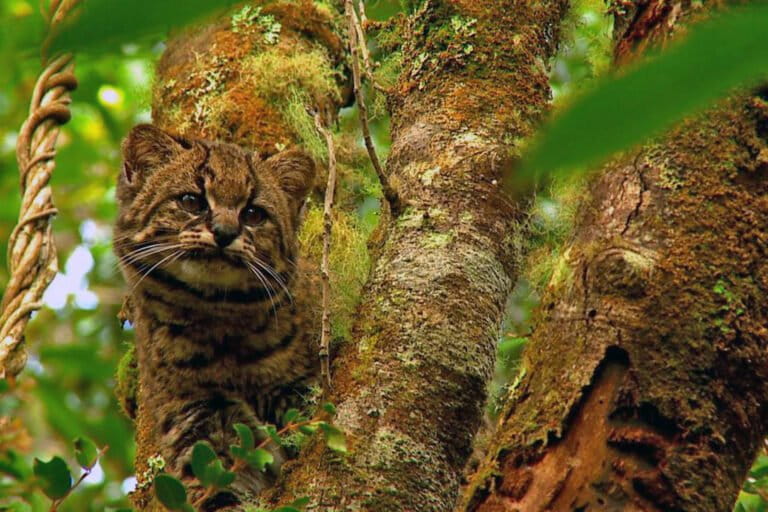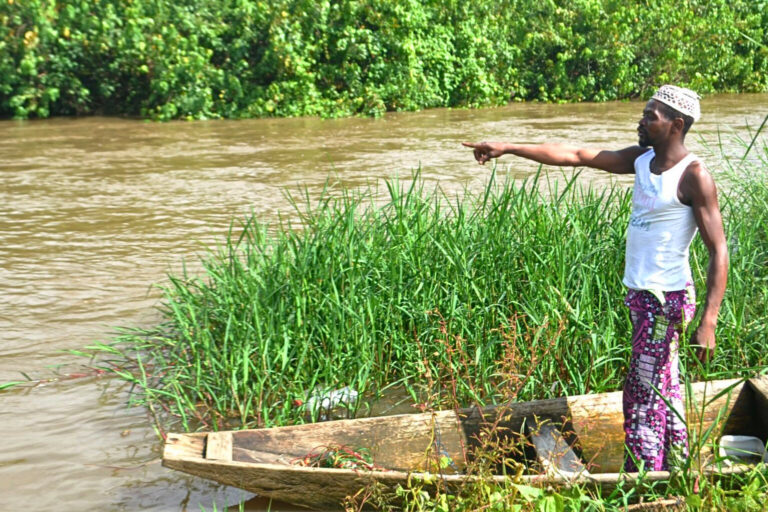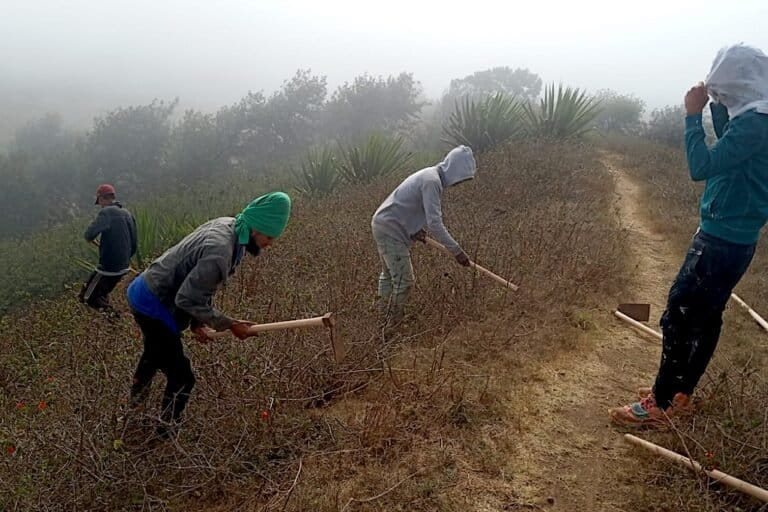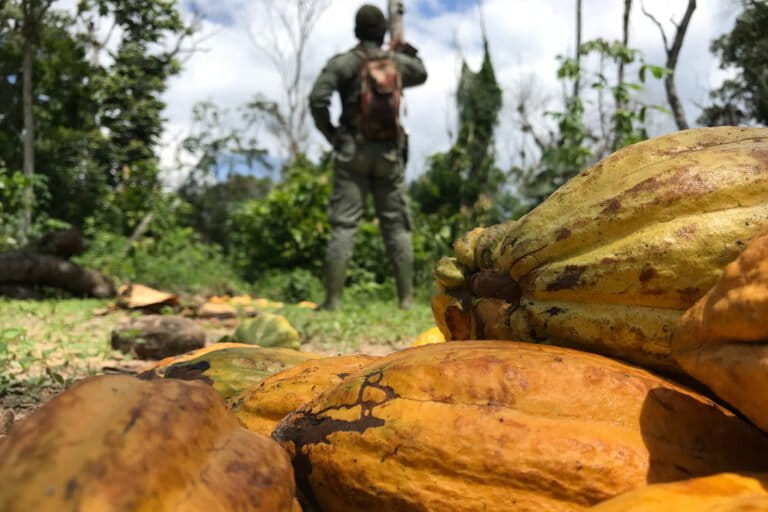- Lorises exhibit many quirky evolutionary adaptations, such as exceedingly slow locomotion, the ability to hibernate (which makes them unique among Asian primates), and their capacity to deliver a highly venomous bite.
- A new study probes the genetic underpinnings of some of these unique adaptations in pygmy lorises (Xanthonycticebus pygmaeus) to find clues to their evolution in the forests of Southeast Asia.
- Pygmy lorises are endangered due to threats from forest loss and capture for the illegal wildlife trade, fueled by a booming demand for exotic pets.
- The genetic insights could boost conservation efforts to reintroduce and translocate lorises in the wild, the researchers say, and could even pave the way for advances in human medical research into genetic disorders.
Wide-eyed, slow-moving and roughly the bulk of a small loaf of bread, pygmy lorises seem fairly unassuming at first glance. They spend their slow, nocturnal lives meticulously picking through the forests of Southeast Asia, feeding on a diet of gums and saps, invertebrates and fruit. Yet beneath this benign outward appearance and simple lifestyle, the species sports some weird and wonderful evolutionary adaptations.
Perhaps most notably, pygmy lorises (Xanthonycticebus pygmaeus) are unique among all primates outside of Madagascar in their ability to hibernate. Primate specialists have long known that three species of lemur hibernate during Madagascar’s dry season to conserve water, but it was only in 2015 that teams in Vietnam discovered that pygmy lorises can also shut down their bodies for several days at a time to see out cold snaps and periods of food scarcity.
Other curious characteristics include their ability to digest astonishing concentrations of dietary toxins. And, like slow lorises from the genus Nycticebus, in which they were also thought to belong until this year, pygmy lorises can deliver a highly venomous bite of such potency to cause anaphylactic shock in humans (although they most often use their bite to ward off one another). Biologists have also long noted their exceptionally slow locomotion and bizarrely low metabolic rate. To date, however, scientists have known surprisingly little about how or why the species evolved such unusual traits.
Now, a team of researchers from China, Denmark and the U.K. have used comparative genomics and functional tests to investigate the genetic basis of several of these unique adaptations. Their findings, published in the Proceedings of the National Academy of Sciences, offer clues to how the pygmy loris’s low metabolic rate, slow movement and ability to hibernate evolved.
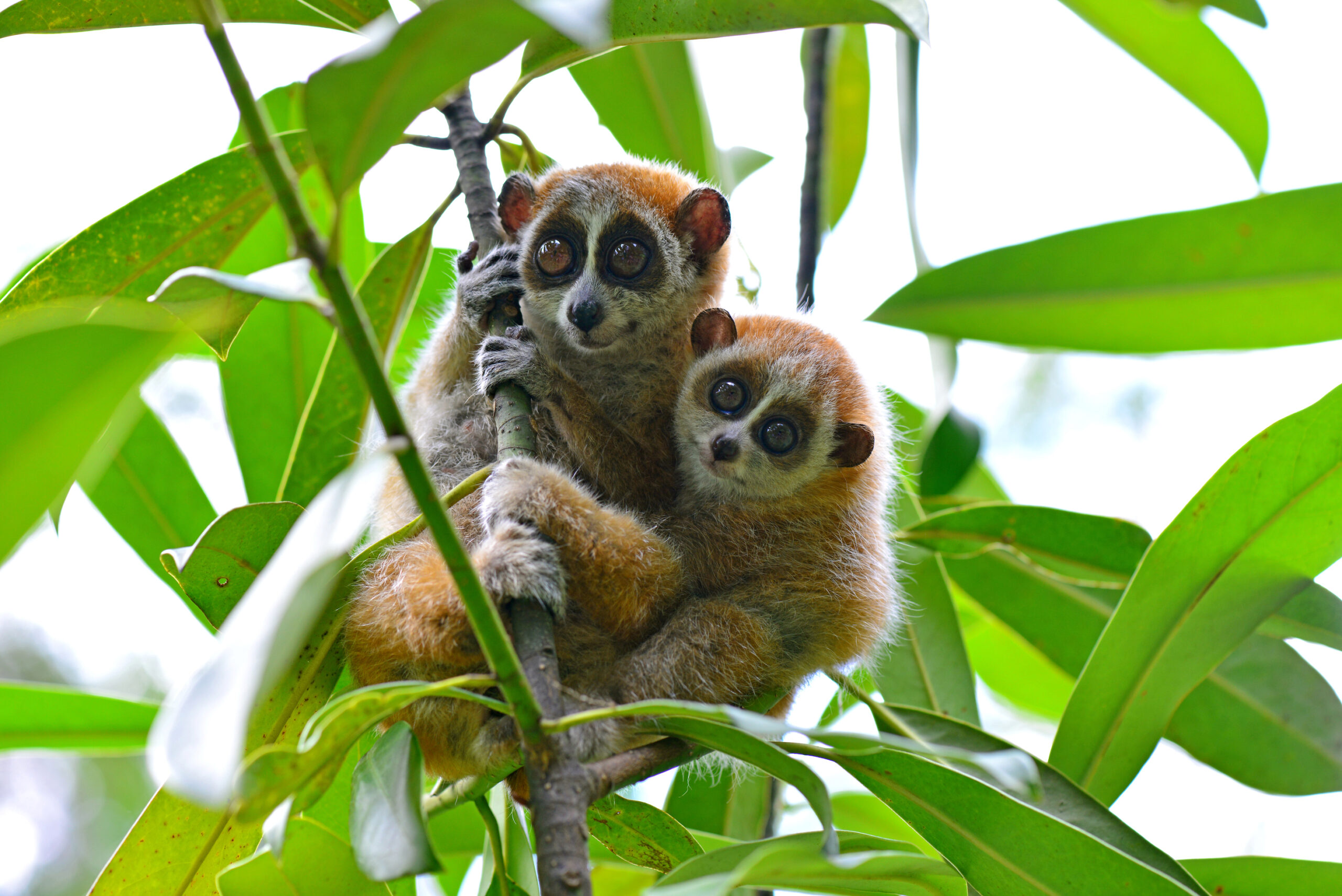
Native to the forests east of the Mekong River in mainland Southeast Asia, pygmy lorises are categorized as endangered on the IUCN Red List. As with all other loris species, they’re threatened primarily by forest loss and capture for the illegal wildlife trade, which is driven by their use in traditional Southeast Asian medicines and a booming unscrupulous online international pet trade.
To understand how lorises evolved their unusual adaptations, the researchers assembled the genome of a female pygmy loris using single-molecule real-time sequencing technology. Using the assembled genome, they identified a total of 26,200 protein-coding genes, which they then used in an approach called comparative genomics that highlights genetic discrepancies between different species. For their analysis, the researchers compared the pygmy loris DNA with that of 11 mammal species, including gorillas, orangutans and gibbons, to explore “the underlying evolutionary mechanisms of this highly unusual group of primates.”
They also resequenced whole genomes of 50 pygmy lorises and six Bengal slow lorises (Nycticebus bengalensis) to study how these two closely related species with overlapping geographic ranges diverged down separate evolutionary paths.
“The genome sequence has enabled us to obtain unprecedented insights into the unique biology of the pygmy lorises, without having to harm or disturb an animal of conservation concern,” the researchers wrote in the study. All of the genetic samples used in the study came from either wild animals from southwest China and Vietnam, or animals kept in zoos.
Anna Nekaris, a primate conservationist at Oxford Brookes University who was not involved in the study, said it makes worthy use of genetic samples from such a large number of loris individuals — a resource that is rarely available in primate research, she said. “Slow and pygmy lorises show many unique traits, and it is exciting to have new genetic data on the basis of their slow locomotion and their ability to enter torpor,” Nekaris, who co-authored the study published earlier this year describing Xanthonycticebus as a new genus, told Mongabay in an email.

The researchers say they have identified multiple genetic factors that underpin the pygmy loris’s unique traits. “We found that many gene families involved in detoxification have been specifically expanded in the pygmy loris,” the researchers wrote in the study. These gene families include those involved in breaking down compounds such as carcinogens and environmental toxins. They suggest this genetic adaptation could help the species to detoxify compounds found in staple pygmy loris foods like gums, saps and toxic insects.
“The aspects related to detoxification are potentially very relevant to the fact that slow and pygmy lorises are the only venomous primates and their food contains high levels of toxic compounds,” said Nekaris, who runs a loris conservation project called the Little Fireface Project. “We have conjectured that they might need a unique saliva to process these foods, and this seems to be supported by these genetic data. This unique saliva is also the basis of slow and pygmy loris venom.”
Genetic tests also revealed an evolutionary convergence between pygmy lorises and koalas (Phascolarctos cinereus), with both species exhibiting reduced enzyme activity that the researchers suggest could have led to both species’ exceptionally low metabolic rates. Meanwhile, weakened expression of other genes linked to circadian rhythms could have given pygmy lorises their unique ability to hibernate.
The researchers also identified the genes that factor in the species’ painstakingly slow locomotion. Unlike many tree-dwelling animals, pygmy lorises can’t jump or leap between branches, and their muscles are dominated by slow-twitch fibers — an unusual trait among mammals. “These fibers are slow to contract and consume less energy than the white [fast-twitch] muscle fibers found in most primates, but are better suited to tasks that require endurance, such as sustained locomotion,” the researchers explain. By comparing pygmy loris DNA with that of two-toed sloths (Choloepus didactylus), another famously slow-moving mammal, the team identified evidence of parallel evolution between the two species, with one gene, called NEB, likely a significant driver of their unusual muscle composition.

Finally, the team investigated the drivers of speciation between Bengal slow lorises and pygmy lorises — the only two loris species with overlapping geographic ranges. While there are no physical barriers preventing the two species from mating and mixing in the forests of Southeast Asia, they are sufficiently distinct that it warranted the March 2022 study reclassifying the pygmy loris into a new genus distinct from all other lorises.
Using a population genomics analysis, the team behind the new study revealed that Bengal slow lorises and pygmy lorises likely diverged millions of years ago, with their population sizes fluctuating in an inverse relationship through historic time, indicating strong competition between the two species. Further genetic analysis indicated that rapid evolution in the telomere region at the ends of each species’ chromosomes might have prompted them along their evolutionarily separate paths.
The new insights into loris genetics should “empower a holistic, scientifically grounded approach to loris conservation,” say the researchers. One area of conservation in which improved genetic understanding is vital is translocating animals from one environment to another, either in an effort to safeguard small and isolated subpopulations by introducing some genetic variation, or releasing animals rehabilitated from the illegal trade.
Indeed, with all loris species severely threatened by illegal trade, many individuals rescued from the pet trade have been released into the wild in countries where they are not native, such as Singapore, Taiwan and Thailand.
“[Lorises] are cryptic species that look similar, so genetics is a key to know which species you have,” Nekaris said. “Since lorises are traded so widely across Asia, translocating the wrong species to the wrong place can be an ecological invasive species disaster.”
In addition to providing a baseline for studying the genetic makeup of lorises, the new insights into loris adaptations could pave the way for advances in human medical research, say the study authors, including the study of genetic disorders related to metabolism, skeletal muscle development, and circadian rhythms.
Banner image of a pygmy loris (Xanthonycticebus pygmaeus), courtesy of Xiaofeng Ma/Kunming Institute of Zoology, Chinese Academy of Sciences.
Citations:
Li, M.-L., Wang, S., Xu, P., Tian, H.-Y., Bai, M., Zhang, Y.-P., … Wu, D.-D. (2022). Functional genomics analysis reveals the evolutionary adaptation and demographic history of pygmy lorises. Proceedings of the National Academy of Sciences, 119(40). doi: 10.1073/pnas.2123030119
Ruf, T., Streicher, U., Stalder, G. L., Nadler, T., & Walzer, C. (2015). Hibernation in the pygmy slow loris (Nycticebus pygmaeus): Multiday torpor in primates is not restricted to Madagascar. Scientific Reports, 5(1). doi:10.1038/srep17392
Nekaris, K. A., & Nijman, V. (2022). A new genus name for pygmy lorises, Xanthonycticebus gen. nov. (Mammalia, primates). Zoosystematics and Evolution, 98(1), 87-92. doi:10.3897/zse.98.81942
Carolyn Cowan is a staff writer for Mongabay. Follow her on Twitter @CarolynCowan11
FEEDBACK: Use this form to send a message to the author of this post. If you want to post a public comment, you can do that at the bottom of the page.



